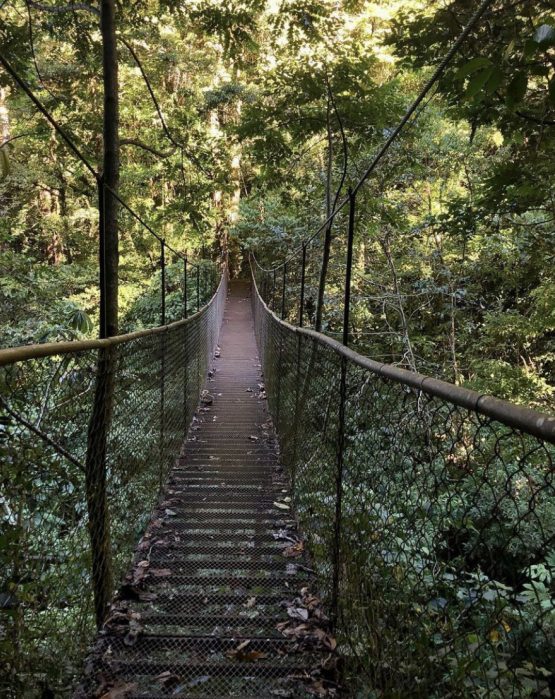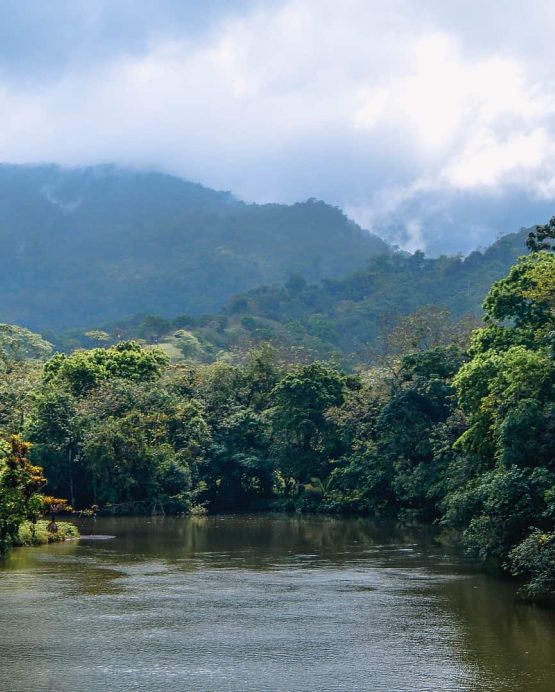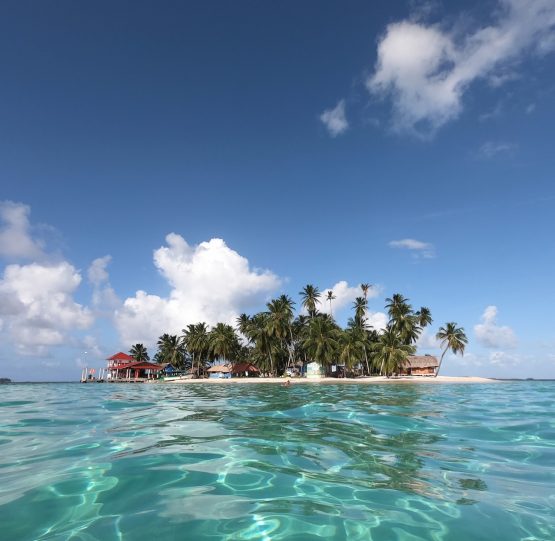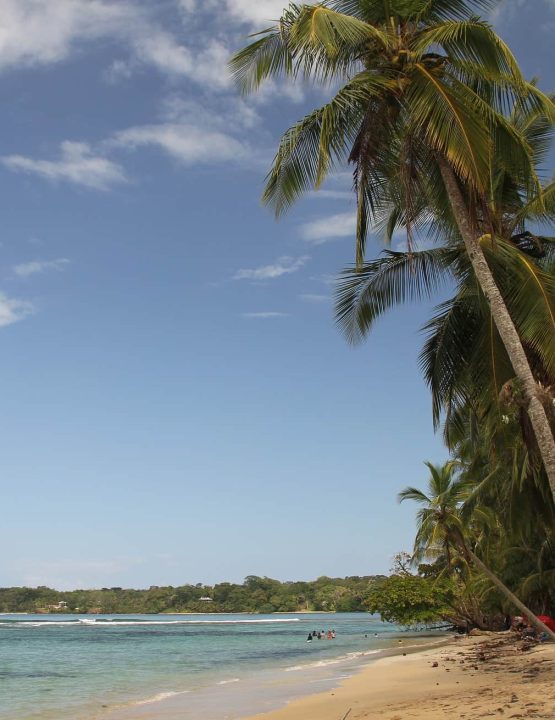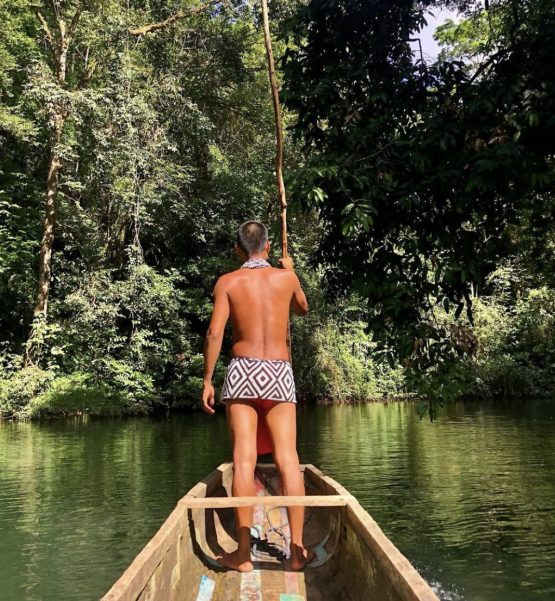COIBA NATIONAL PARK: A JOURNEY TO COIBA'S UNTOUCHED BEAUTY
Dive into the heart of Panama's hidden paradise, Coiba National Park, where pristine natural beauty and breathtaking biodiversity converge. Unlock the secrets of this lesser-known gem, akin to the Galapagos Islands, offering a mesmerizing natural haven with unique island biodiversity. Prepare for an adventure where time seems to stand still, and nature reveals its untamed splendor.
Coiba National Park: A Journey to Coiba's Untouched Beauty
One of the best-kept secrets in Latin America is the Coiba Natural Park, just off the Pacific coast of Panama. Also, considered the little brother of the Galapagos Islands, it makes for a mesmerizing natural paradise with a unique biodiversity to the island.
Its unparalleled beauty is still mostly unknown to the broader public as access to the island has only been recently permitted. To preserve the captivating biodiversity, the government of Panama has restricted access to the island through a permit application process to prevent mass tourism.
How to get to Coiba?
Coiba is home to one of the most amazing natural wonders globally, and reaching this incredible destination involves a bit of a journey. The trip can be a bit complex as you will have to take several means of transport.
If you're traveling from Europe, your first step is to board a flight heading to Tocumen International Airport in Panama City, identified by the airport code PTY. From there, you'll need to journey to Santa Catalina, the primary departure point for boats heading to Coiba Island.
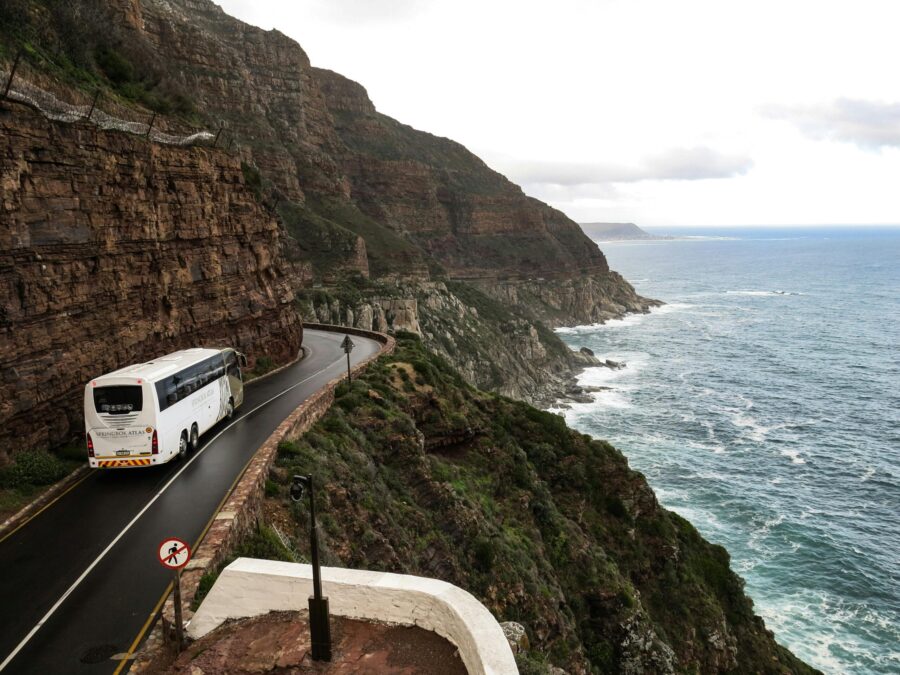
How to get to Coiba by bus
One of the options is to take an early bus from the Albrook Bus Terminal in Panama City directly to Soná, Veraguas. At Soná, another bus needs to be taken to head to Santa Catalina. In total the bus journey will be a 7-8 hour adventure if there are no traffic jams.
How to get to Coiba by car?
A more comfortable option is to rent a car and drive to Santa Catalina. First, you will drive to Santiago de Veraguas over the Pan-American Highway. This route is approximately 240 kilometers and should take you about 4 hours. Our recommendation is to bypass Santiago and continue on the highway in the direction of David.
About 6/7 kilometers after surpassing Santiago, a sign will appear pointing towards La Peña / Santa Catalina / Soná. Continue on this road until the Delta gas station BEFORE Soná. From there, you will take a left to your destination Santa Catalina to catch the boat to the island. Depending on the sea conditions, the boat journey should take approximately 1.5 to 2 hours.
OFF ROADS TRAVEL
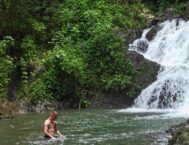
If you're eager to explore the hidden gems and untouched beauty of Panama, a journey with a local guide, deeply connected to Panama's diverse landscapes, offers an unparalleled adventure. Our expertise in curating tours across Panama ensures you encounter the most authentic and immersive experiences. Embark with us to uncover Panama's rich tapestry of culture, nature, and history, where every adventure is a gateway to discovering something extraordinary.
"The waters around Coiba National Park are known for being one of the best places in the world to dive with large pelagic species. Divers and snorkelers may encounter whale sharks, manta rays, humpback whales, and a plethora of tropical fish."
How to get to access to Coiba National Park?
Authorities have implemented a permit system to protect the unique ecosystems and maintain the delicate balance of flora and fauna. This system controls the number of visitors, minimizing human impact on the island's environment.
The permit application process may be somewhat cumbersome, involving navigation through the bureaucratic Panamanian system. However, when you book with Off Roads Travel, you can rest assured that all the necessary requirements for visiting the park will be meticulously handled.
Our local partners will manage the essential paperwork on your behalf, granting you direct access to the national park. In doing so, we've simplified the process, allowing you to immediately enjoy in the beauty of Coiba.
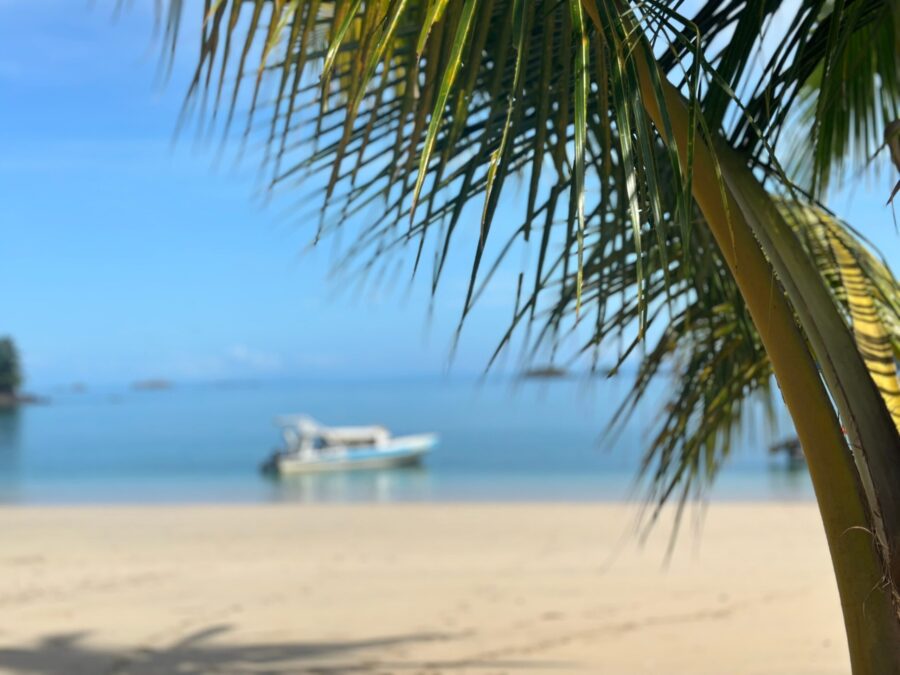
"Coiba National Park was declared a UNESCO World Heritage Site in 2005 due to its rich biodiversity and outstanding natural beauty. This recognition highlights the global importance of preserving the park's unique ecosystems."
What makes Coiba unique to visit?
From 1919 to 2004, part of Coiba island served as a remote prison colony to house dangerous criminals and political prisoners who went missing under the dictatorships of Omar Torrijos and Manuel Noriega.
In 2005, the island was identified as a World Heritage Site by UNESCO and was opened to the public to explore. Coiba Island's years of isolation have preserved its unique natural beauty and endemic species, making it a pristine and unique holiday destination.
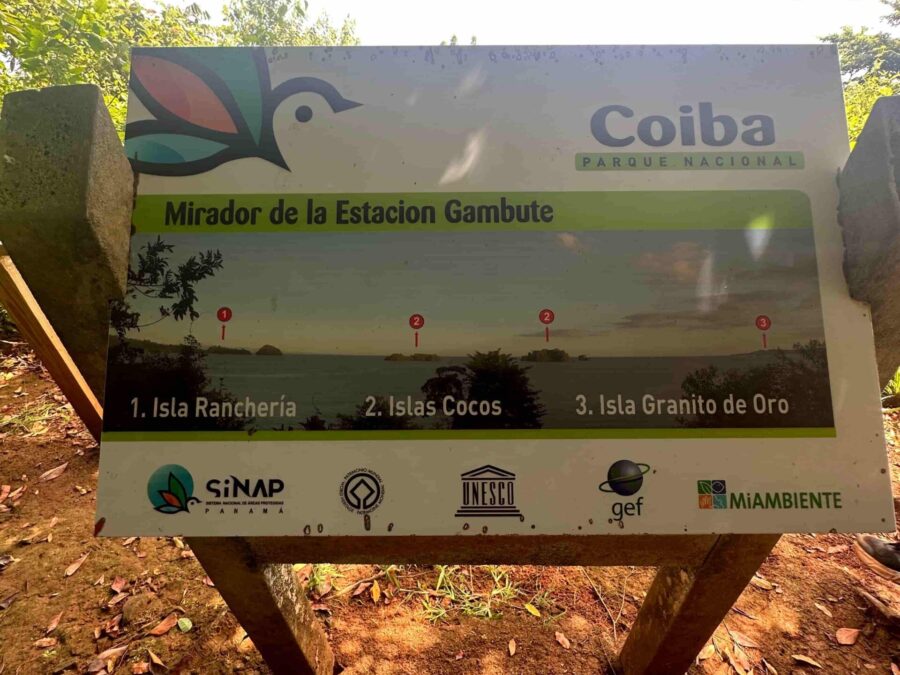
Coiba is approximately 80% covered with an unparalleled lush jungle rainforest inhabited by birds, monkeys, and reptiles. Coiba is an island located away from the mainland, resulting in the development of unique animal species that are not found elsewhere. The island is a part of the Coiba National Park, which comprises 38 islands and has an area of 2700 km2. Among all the islands in Central America, Coiba is the largest one.
The island provides access to the crystal-clear waters of the Bahia Damas Reef, considered to be Central America's largest coral reef and the second largest in the eastern Pacific. Numerous marine animals call the water surrounding Coiba their home such as whale sharks, humpback whales, dolphins, sea turtles, and stingrays.
"Interestingly, Coiba Island served as a penal colony from 1919 until 2004. The isolation due to its prison history significantly contributed to the preservation of its ecosystems, making it a haven for wildlife."
What to do in on Coiba Island?
Coiba makes for a prime eco-tourism destination due to its unique natural treasuries and abundance of different activities. Activities which can be done on Coiba Island are scuba diving, snorkeling, sea and river kayaking, whale watching, trekking through the jungle, bird watching and visiting the old Panal Colony.
Coiba Island Diving
Immerse yourself in the depths of the Pacific Ocean with scuba diving excursions. Coiba has over 20 different diving sites to explore for divers from all experience levels. Coiba diving offers an extraordinary opportunity to explore the underwater marvels of one of Panama's most pristine locations. Coiba Island diving is not just an activity; it's an immersion into a world teeming with vibrant marine life, stunning coral reefs, and the sheer tranquility of the ocean's depths.
The Coiba National Park diving experience stands out for its biodiversity, making it a must-visit destination for divers seeking unparalleled underwater adventures.
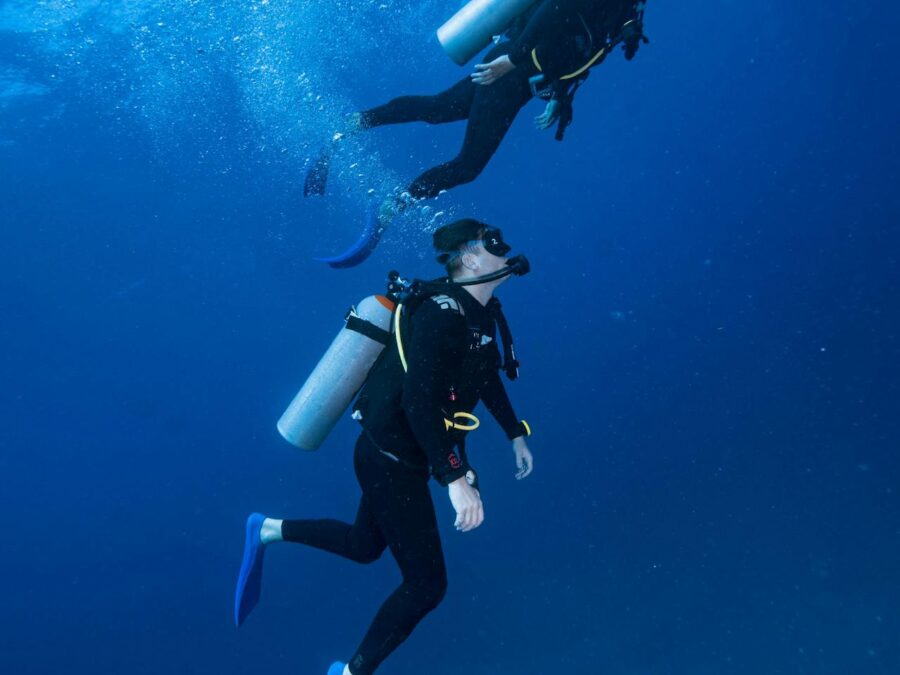
When participating in Coiba scuba diving, divers are greeted by a kaleidoscope of marine biodiversity unique to the region. The waters around Coiba are known for their crystal-clear visibility, providing an unmatched window into the lives of exotic marine species. From majestic whale sharks and playful dolphins to the elusive manta rays, diving in Coiba is an unforgettable encounter with nature's wonders.
Moreover, the Coiba National Park serves as a sanctuary for a plethora of endangered species, both above and below the water. The park's efforts in conservation ensure that each dive contributes to the understanding and preservation of this aquatic paradise. The dive sites around Coiba cater to all levels of divers, from beginners to seasoned experts, ensuring everyone can experience the magic of the underwater world.
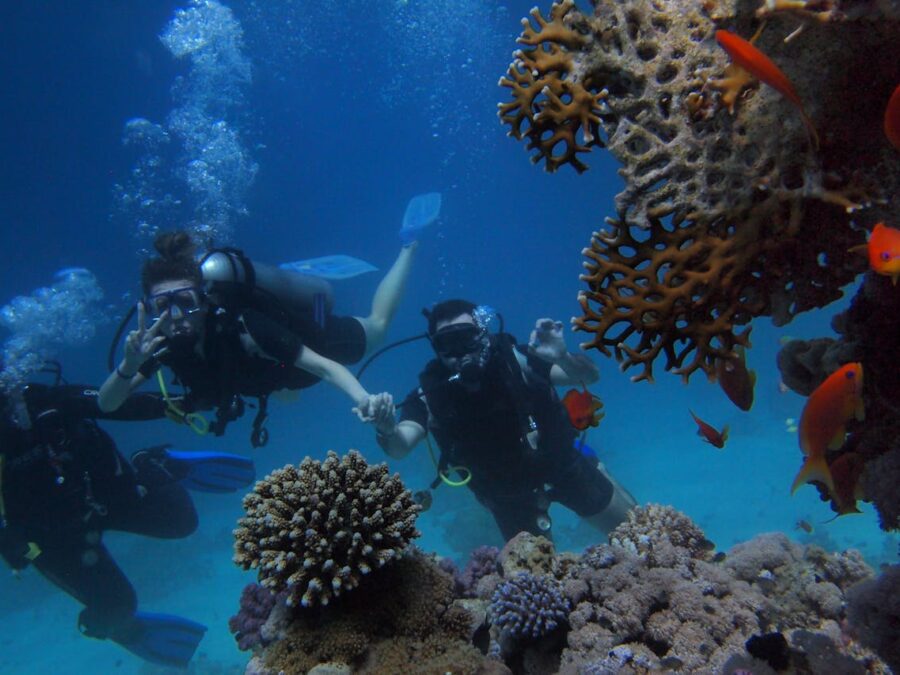
Exploring the underwater realm of Coiba also means discovering hidden underwater treasures, including shipwrecks and caves, each telling its own story of the sea. The warmth of the Pacific Ocean waters makes Coiba diving an enjoyable year-round activity, with different seasons offering unique sightings of marine life migrating through these nutrient-rich waters.
Coiba Snorkeling around the Reefs
Snorkeling around the islands of Coiba stands as a gateway to the mesmerizing underwater world of Panama's largest island, offering a vibrant showcase of marine biodiversity. The waters of Coiba National Park provide a pristine environment for snorkelers to explore, making Coiba Island snorkeling an unforgettable experience. The clear, warm waters ensure visibility is high, allowing snorkelers to easily observe the teeming life beneath the waves.
Snorkeling around the islands of Coiba stands as a gateway to the mesmerizing underwater world of Panama's largest island, offering a vibrant showcase of marine biodiversity. The waters of Coiba National Park provide a pristine environment for snorkelers to explore, making Coiba Island snorkeling an unforgettable experience. The clear, warm waters ensure visibility is high, allowing snorkelers to easily observe the teeming life beneath the waves.
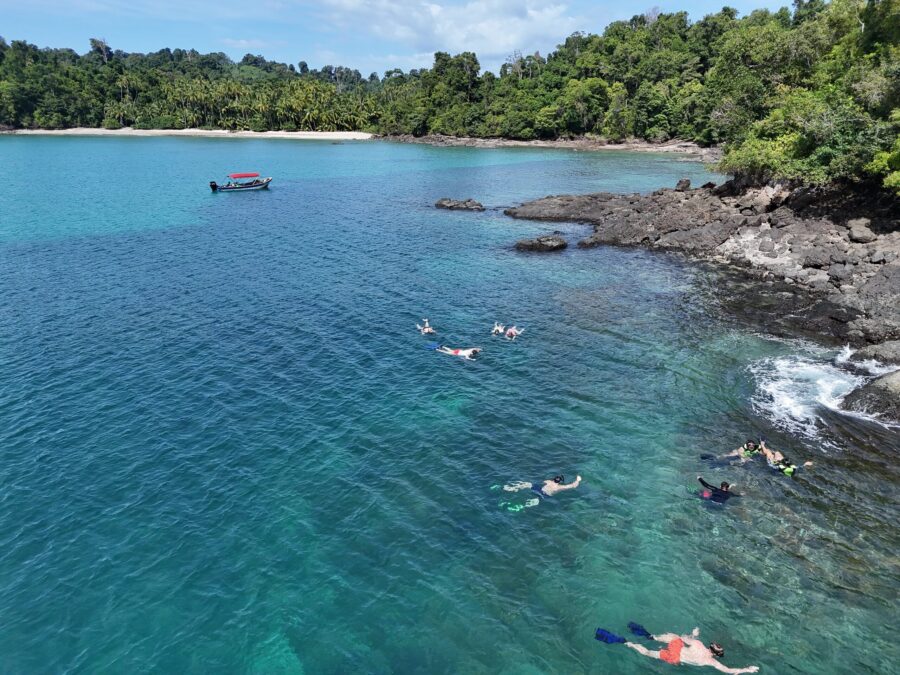
Coiba National Park snorkeling is accessible to all ages and skill levels, making it an ideal activity for families, couples, and solo travelers alike. The shallow reefs provide safe and easy access to the underwater marvels, ensuring a rewarding experience for both novice snorkelers and those with more experience.
Adding to the appeal of Coiba snorkeling is the opportunity to snorkel in areas known for their unique geological features, such as underwater caves and cliffs. These formations not only provide a thrilling backdrop for your snorkeling adventure but also serve as a habitat for a variety of marine life, from the tiniest nudibranchs to large, majestic rays.
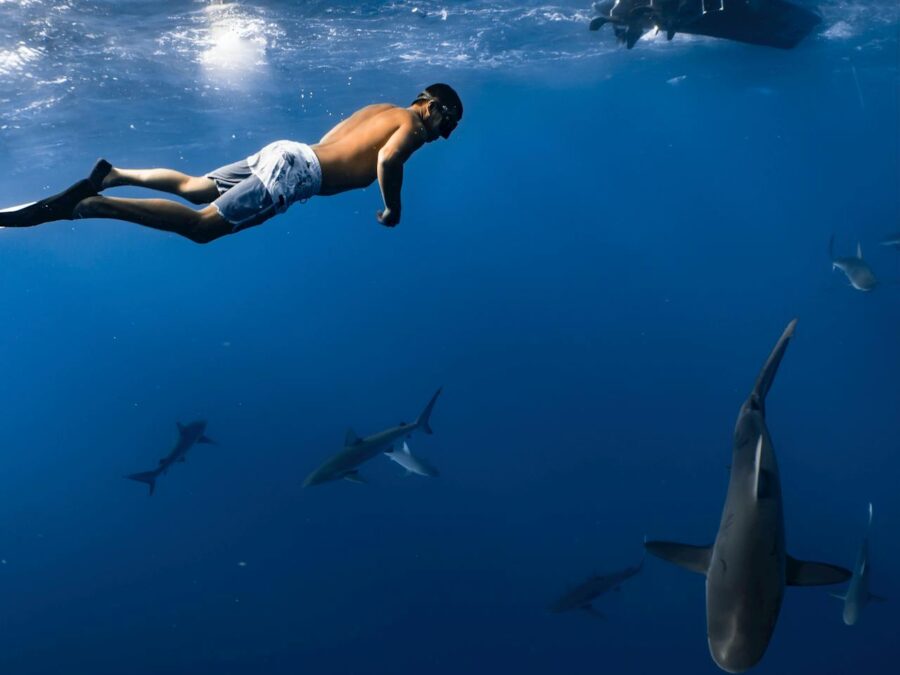
"Coiba is the largest island in Central America, with an area of about 503 square kilometers (194 square miles). The park itself encompasses Coiba Island along with 38 smaller islands and the surrounding marine areas."
Jungle Tour Exploration
Embark on an enriching jungle tour to discover the diverse ecosystems of Coiba. Traverse lush rainforests, encounter unique flora and fauna, and learn about the island's rich biodiversity from knowledgeable guides.
Featured Trails
Sendero Los Pozos Termales (Hot Springs Trail)
Located at the southwest end of the geological fault dividing Coiba Island, this flat, one-way trail stretches for 750 meters from Playa Venado to the thermal hot water pools. Bordered by primary rainforest on the south and mangrove forest on the north, the trail showcases diverse flora and fauna. Highlights include the endemic Coiba Spinetail, Brown-backed Dove, Howler, and White-faced Monkeys. The thermal pools are a unique attraction, and King Vultures can be spotted overhead. Tidal conditions may affect accessibility, requiring careful planning.
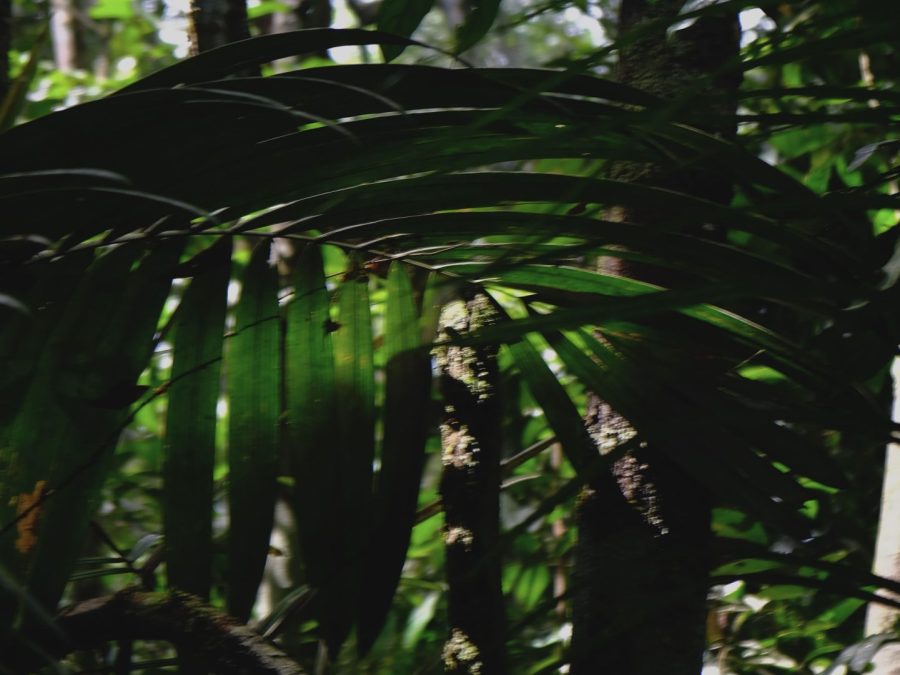
Sendero Cerro Gambute (Gambute Peak Trail)
Situated at Playa Gambute near the ANAM Station, this trail is a short yet steep ascent of approximately 200 meters. Offering panoramic views of the station and surrounding islets, it provides encounters with monkeys, King Vultures, and Red-rumped Woodpeckers. The mix of secondary and primary forest allows hikers to experience both jungle and canopy environments. Wet conditions may pose challenges, but the rewarding vistas make it a favorite.
Sendero Cerro Gambute (Gambute Peak Trail)
Extending just over a kilometer, this U-shaped trail lies in front of Isla Granito de Oro, accessible between Punta La Marquesa and El Tigrón. Starting at a picturesque sandy beach, the trail winds through a secondary forest with abundant lianas and mature trees. Birdwatchers can spot species like the Bi-colored Hawk, White-throated Thrush, Lance-tailed Manakin, and the endemic Brown-backed Dove. Howler Monkeys are a common sight and sound. The trail ends at the ocean's edge, providing opportunities to observe marine life. Of medium difficulty, it pairs well with a snorkeling excursion at Isla Granito de Oro.
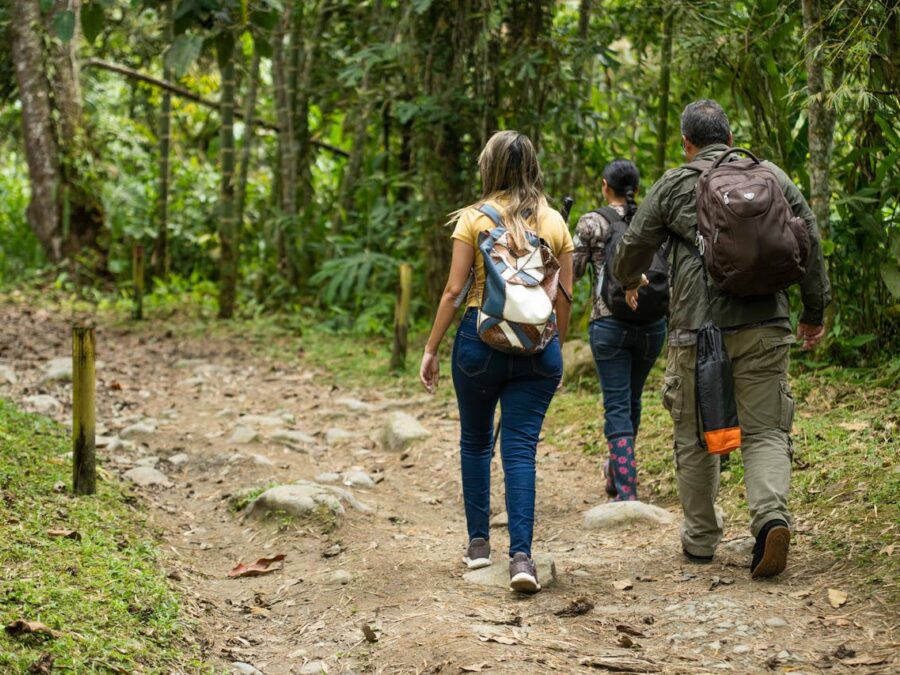
"With over 147 bird species recorded on the island, including several endemic and threatened species, Coiba is a prime destination for birdwatchers. The park's avian diversity includes the Scarlet Macaw, the Coiba Spinetail, and many more."
Bird watching in Coiba National Park
Coiba National Park is a haven for bird watchers as the island is home species to species which cannot be seen on the mainland such as the scarlet macaw. Grab your binoculars to observe the acrobatic fly abilities of frigatebirds or see endemic species such as the brown-backed dove and Coiba spinetail.
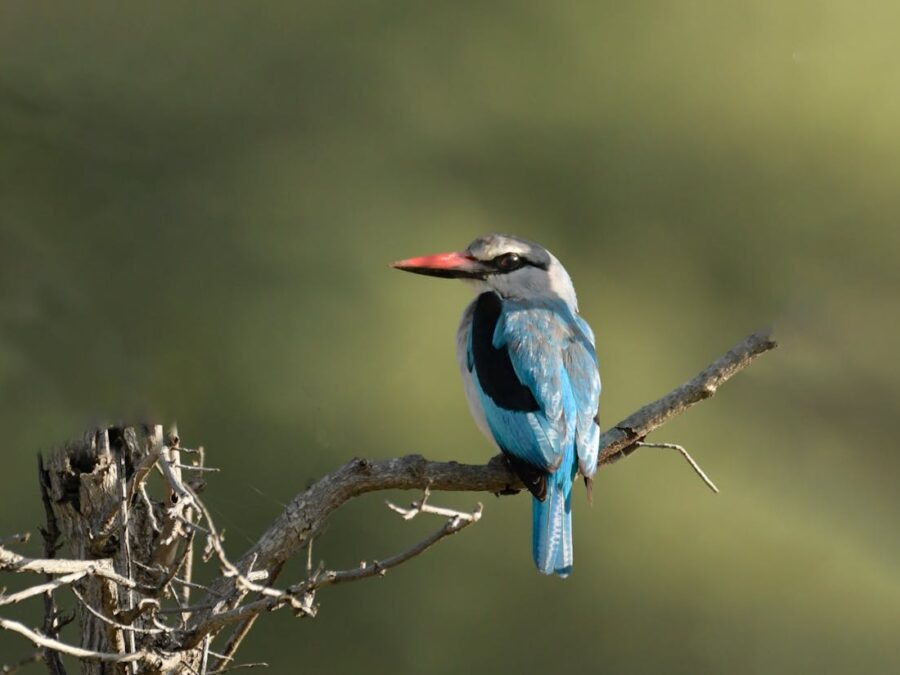
Sea and River Kayaking Adventures
Navigate the pristine waters surrounding Coiba with sea and river kayaking. Paddle through serene mangroves, explore hidden coves, and witness the untouched beauty of the park from a unique perspective.
Visit the Panal Colony
The island’s dark past as a panal colony homing 3000 inmates in about 30 camps spread over the island make for a fascinating history. Functioning as Panama’s version of Devil’s Island, for years between 1919 and 2004, now the old prisons are open to tourists to discover.
Whale and Dolphin Watching
The Gulf of Chiriquí surrounding Coiba National Park is the only known area where southern as northern hemisphere humpback whales travel its waters. The smaller northern population visits between December and April, whilst the southern visitors come to breed and raise their calves between July and October. With two distinct and unique whale seasons, Coiba makes for a unique destination to see these majestic marine mammals. Dedicated whale and dolphin watching tours head out to witness humpback whales, orcas,, and dolphins.
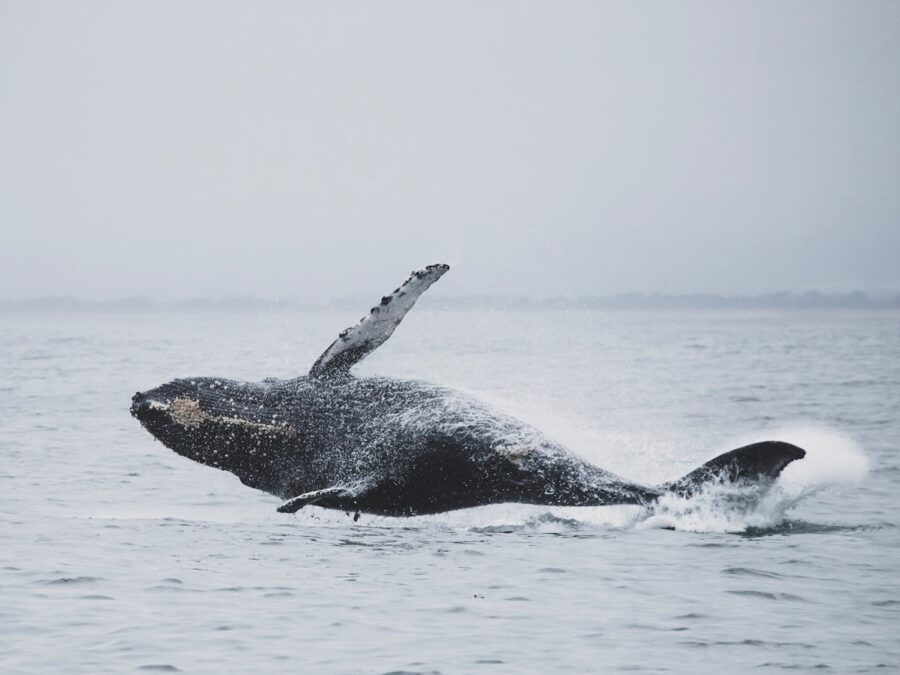
Relaxation on Pristine Beaches
Despite the many activities which the island has to offer, you can also just unwind and soak up the sun on Coiba's pristine beaches. Take a refreshing swim or simply lounge with a book as you enjoy the serene natural beauty disconnecting from the digital world.
Coiba National Park unfolds as a treasure trove of natural wonders with activities for all. Visitors can decide to engage in the variety of activities that showcase the island's unique biodiversity and stunning landscapes or just simply relax and disconnect from the digital world. From thrilling underwater adventures to tranquil moments on the beach, Coiba promises an unforgettable experience for nature enthusiasts and adventure seekers alike.
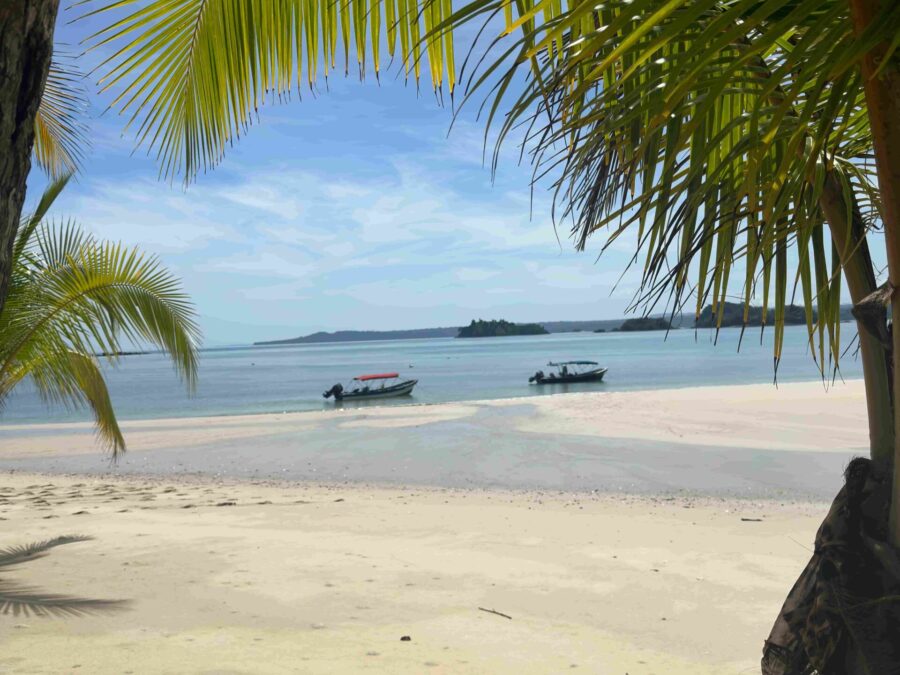
"Coiba National Park serves as an essential migratory route for numerous species of sharks, whales, and turtles. This includes the endangered humpback whales that visit the park's waters to breed and give birth."
Wildlife of Coiba National Park
Coiba National Park boasts a diverse array of wildlife, making it a haven for nature enthusiasts. Here is a list of some of the remarkable wildlife species that can be observed in Coiba National Park:
Howler Monkeys
The Howler Monkeys of Coiba National Park are not just another species inhabiting this lush paradise; they are the vocal essence that defines the auditory landscape of the island. Known scientifically as Alouatta, these primates are renowned for their deep, guttural howls that can travel through the dense rainforest for up to three miles. These calls, often heard at dawn or dusk, serve as territorial signals among groups and are a remarkable natural alarm clock for anyone staying on the island.
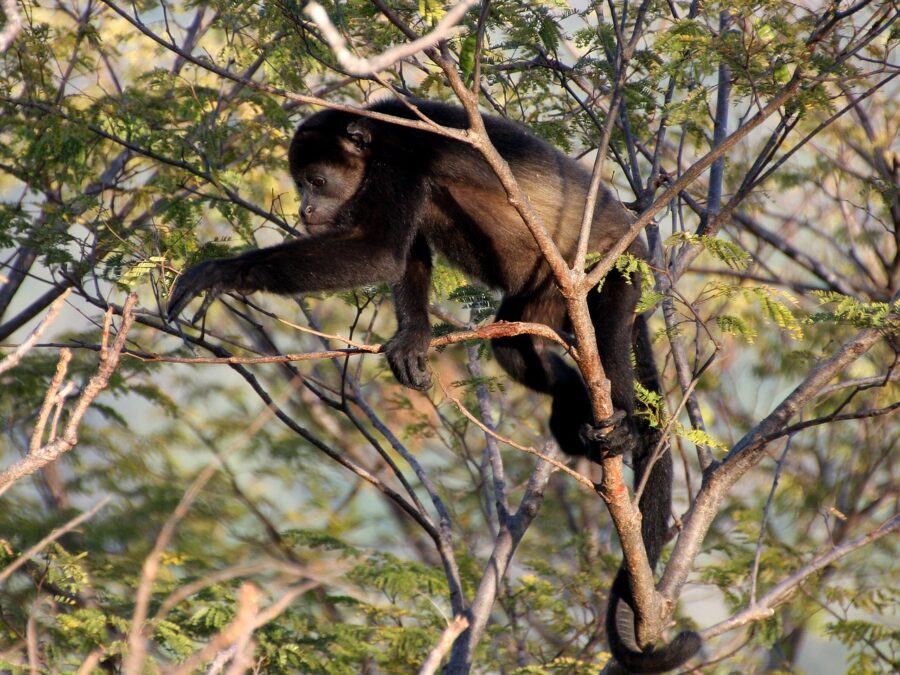
These monkeys are a key species within the park's ecosystem, playing a crucial role in seed dispersal. As they move through the canopy, feeding on a variety of fruits, leaves, and flowers, they help maintain the health and diversity of the forest. Observing them in their natural habitat offers a unique glimpse into the complex web of life that thrives in Coiba National Park.
Coiba Agouti
Characterized by their sleek brown fur, agile bodies, and distinctive long legs, Coiba agoutis are specially adapted to life in the forest. They are primarily diurnal, meaning they are most active during the day, foraging on the forest floor for fruits, nuts, and seeds. Their sharp incisors allow them to crack open even the toughest shells, accessing the nutritious contents inside. This feeding behavior not only sustains the agoutis but also aids in the germination and spread of many plant species throughout the island.
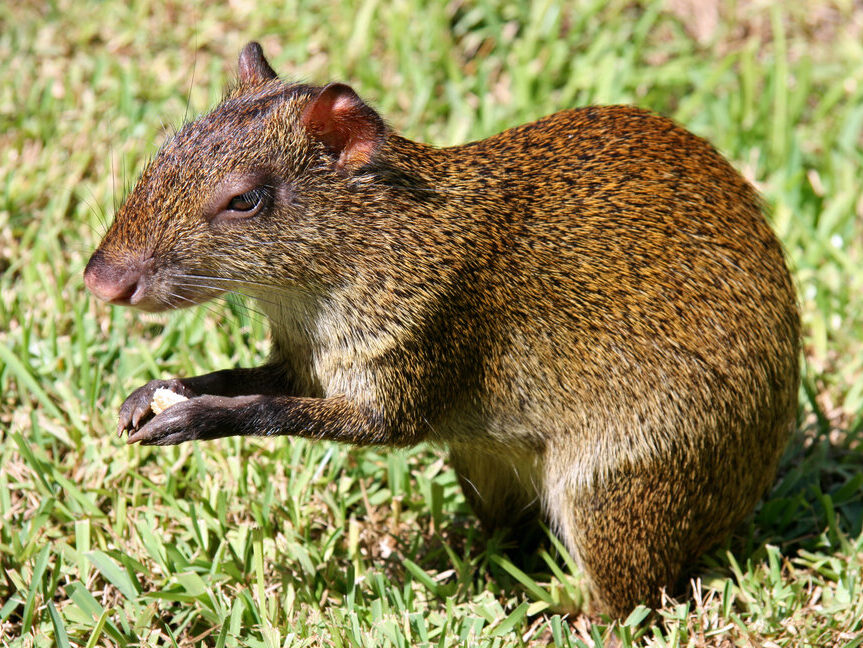
Despite their importance to the ecosystem, Coiba agoutis are often shy and elusive, making them a rare sight for visitors. They have keen senses of hearing and smell, which they use to detect predators and stay out of harm's way. When threatened, they can quickly dart into thick underbrush or into one of their burrows to hide from potential danger.
"The park protects one of the largest and most diverse coral reefs on the Pacific coast of the Americas. These reefs are over 3,000 years old and provide habitat for a vast array of marine species."
White-faced Capuchin Monkeys
These capuchins are easily recognizable by their black bodies contrasted with white faces and chests, a striking appearance that adds to their expressive nature. They are highly social animals, living in groups that can number from a few individuals to several dozen, led by a dominant male. The complexity of their social interactions, including the use of tools, problem-solving skills, and a wide range of vocalizations, underscores their reputation as one of the smartest New World monkey species.
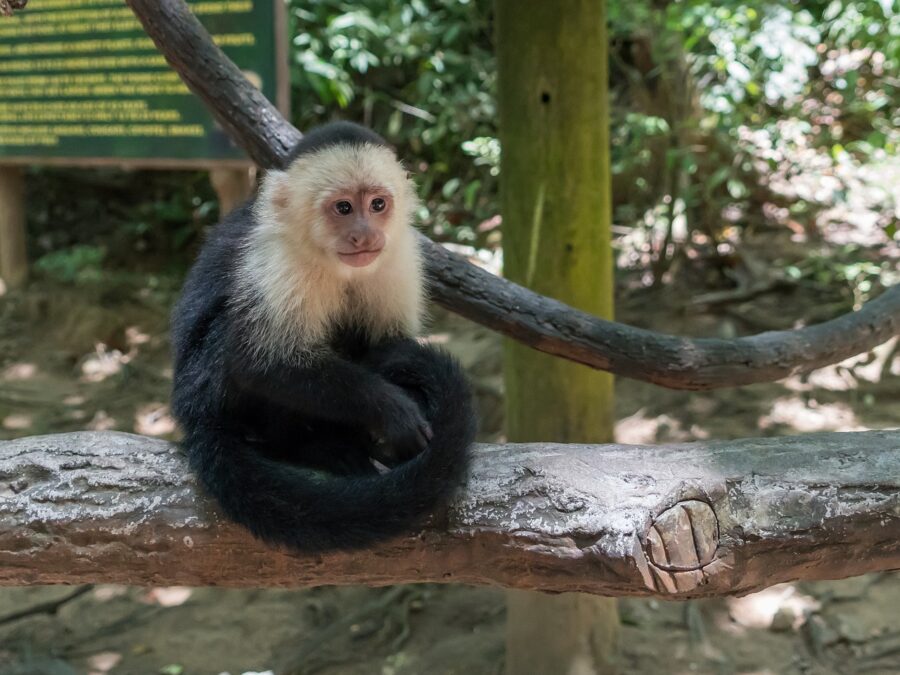
Visitors to the park are often delighted by the capuchins' curious and sometimes bold behavior. These monkeys are known to observe humans from a safe distance, and their playful nature is evident as they interact with each other in the canopy. Watching a group of White-faced Capuchin Monkeys navigate the treetops with agility and grace is a highlight for many who travel to Coiba, offering a glimpse into the complex social lives of these intelligent primates.
Scarlet Macaws
The Scarlet Macaws of Coiba National Park are a testament to the vibrant biodiversity that thrives within this protected sanctuary. Known scientifically as Ara macao, these striking birds are among the most colorful and captivating species found on the island, drawing the attention of birdwatchers and nature enthusiasts from around the globe.
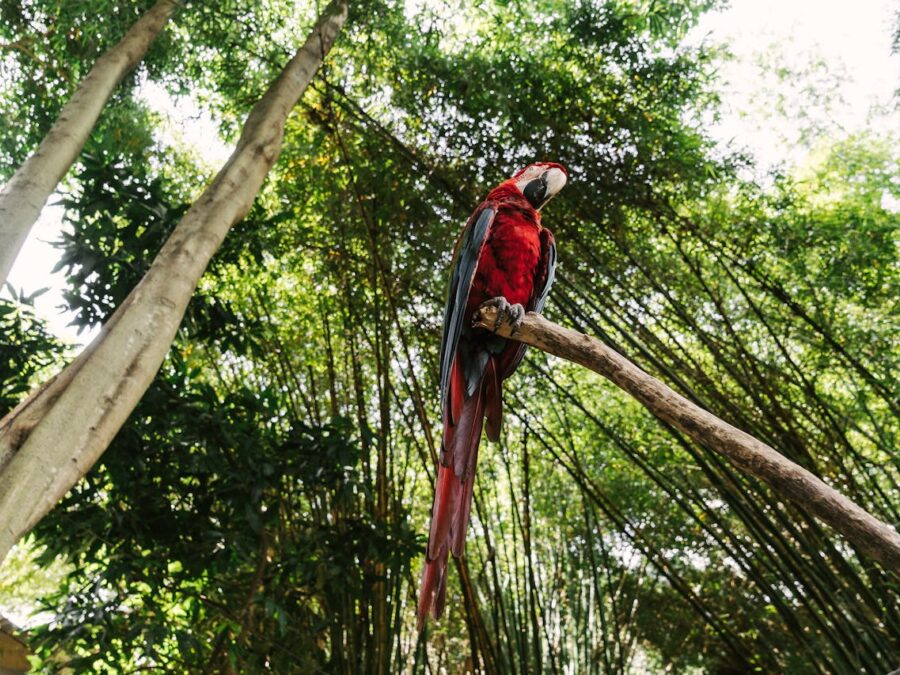
With their brilliant red, yellow, and blue plumage, Scarlet Macaws are a symbol of the tropics and embody the wild, untamed beauty of Coiba National Park. These large parrots are not only admired for their stunning appearance but also for their intelligence, social behavior, and the strong pair bonds they form, often remaining with a single mate for life.
Coiba Island Iguana
Characterized by its striking appearance, the Coiba Island Iguana exhibits a range of colors from vibrant greens to subtle browns, allowing it to blend seamlessly into its natural surroundings. These iguanas are known for their robust size, agile movements, and the distinctive spines that adorn their backs, adding to their prehistoric demeanor.
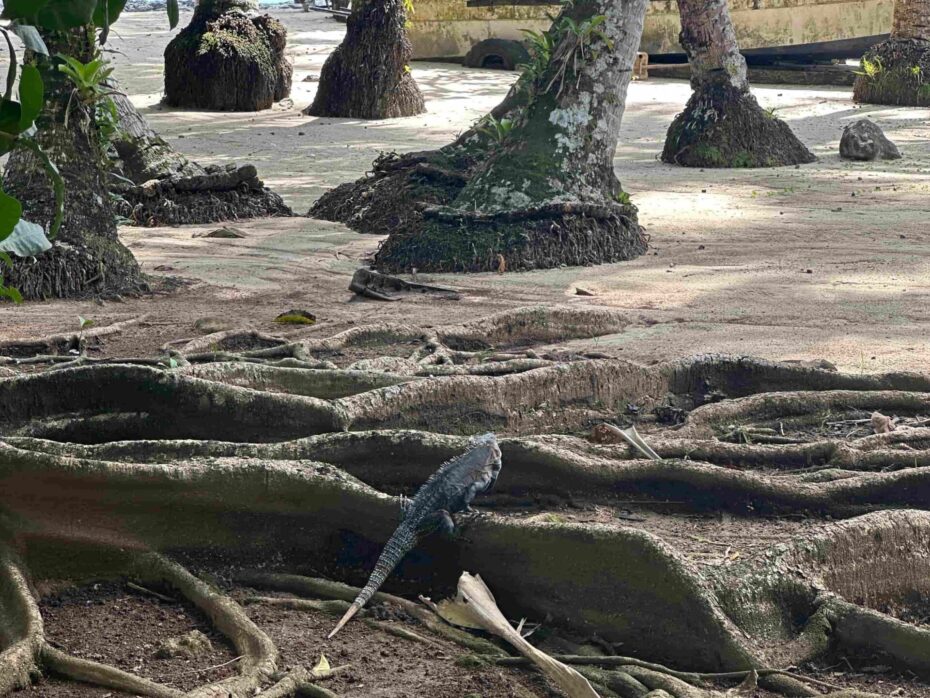
As ectothermic creatures, Coiba Island Iguanas are often spotted basking in the sun to regulate their body temperature. Their days are spent foraging for food, with a diet primarily consisting of leaves, flowers, and fruits, reflecting their role as herbivores within the ecosystem. This diet not only sustains the iguanas but also contributes to the dispersal of seeds, aiding in the propagation of various plant species across the island.
Humpback Whales
The Humpback Whales that grace the waters surrounding Coiba National Park are among the most awe-inspiring sights in the marine world, turning this area into a premier destination for whale watching during their migration season. These majestic marine mammals embark on one of the longest migration journeys of any mammal on Earth, traveling thousands of miles from their feeding grounds in the cold waters of the polar regions to the warmer tropical and subtropical waters for breeding and birthing.
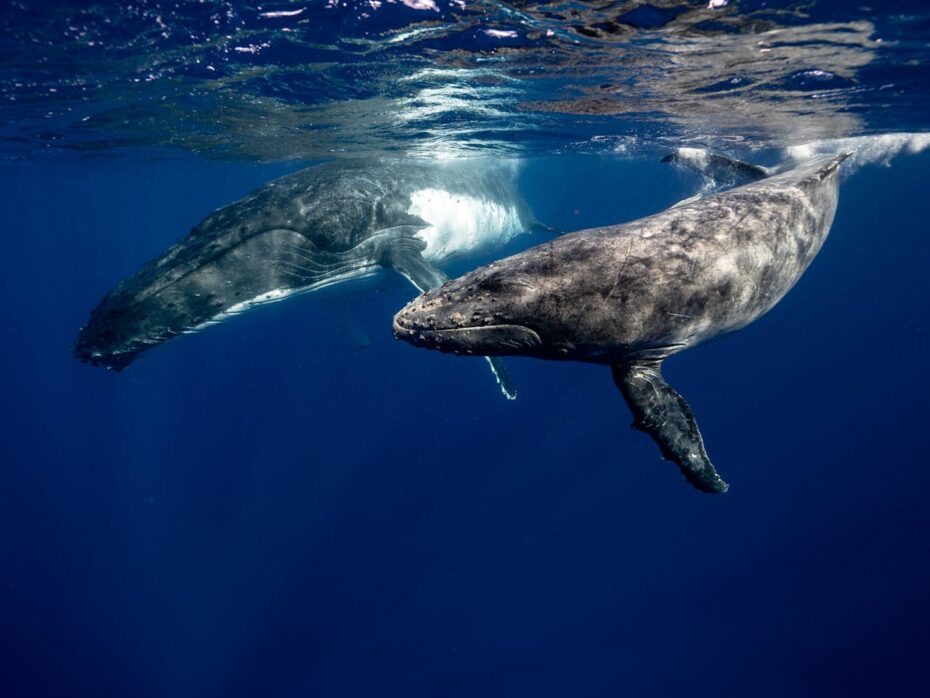
Humpback Whales are known for their remarkable behaviors, which include breaching, tail slapping, and their hauntingly beautiful songs. Male Humpbacks are particularly famous for their complex and melodious songs, which echo through the waters and are believed to play a role in mating rituals and communication. These vocal performances add an extraordinary dimension to the Coiba whale-watching experience, allowing visitors to not only see but also hear these magnificent creatures in a profound encounter with nature.
"The indigenous peoples of Panama, including the Kuna and Ngäbe-Buglé, have historical ties to Coiba Island, utilizing its resources for fishing and spiritual practices. The park's cultural heritage adds another layer of significance to its natural wonders."
Whale Sharks
Whale Sharks, the gentle giants of the marine world, grace the waters of Coiba National Park, turning it into a hotspot for one of the most awe-inspiring wildlife encounters on the planet. Known scientifically as Rhincodon typus, these massive yet harmless filter-feeding sharks are the largest fish in the ocean, reaching lengths of up to 40 feet or more. Despite their size, Whale Sharks are known for their docile nature, captivating the hearts of marine enthusiasts and divers who come to Coiba in hopes of swimming alongside these majestic creatures.
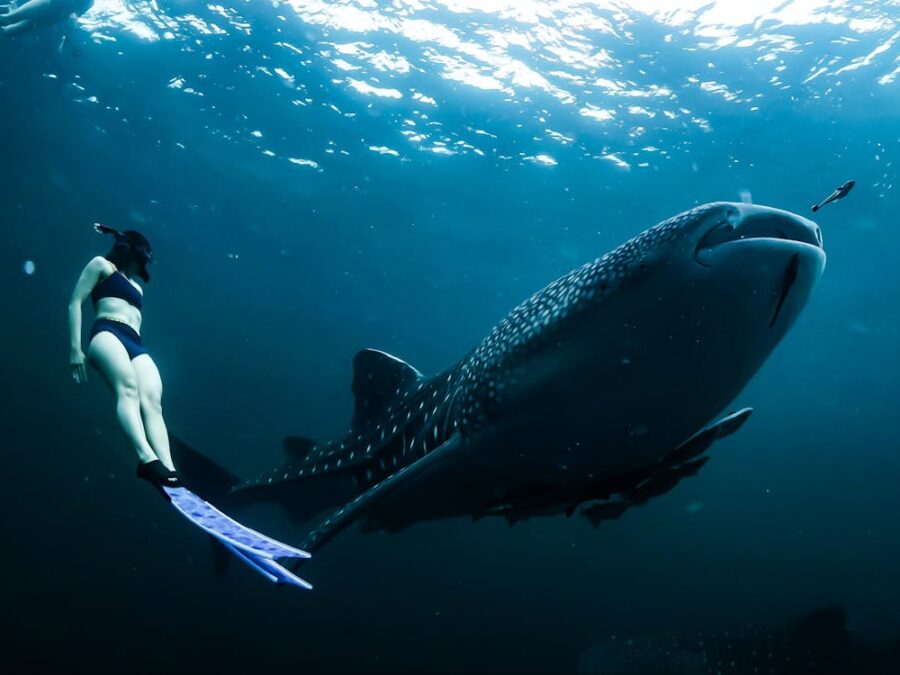
Coiba's pristine waters offer the perfect backdrop for Whale Shark encounters, particularly during their seasonal visits. These sharks are migratory, following plankton blooms that vary with ocean currents and water temperatures, making their presence in Coiba a celebrated event each year. The park's commitment to conservation and sustainable tourism practices ensures that interactions with these magnificent animals are conducted with the utmost respect for their natural behaviors and habitat.
American Crocodiles
American Crocodiles in Coiba are primarily found in the park's mangrove swamps and estuarine environments, where they play a crucial role in maintaining ecological balance. These areas provide the perfect breeding and feeding grounds for the crocodiles, supporting a rich diversity of aquatic life that sustains them. The mangroves are not only vital for the crocodiles but also for numerous fish, bird, and invertebrate species that depend on these habitats for survival.

The American Crocodile is an apex predator, playing a pivotal role in controlling the population of other species and helping to maintain the health of the ecosystem. Their diet consists mainly of fish, birds, and small mammals, showcasing their adaptability and prowess as hunters. Despite their fearsome reputation, crocodiles in Coiba are an integral part of the biodiversity that makes the park a unique and valuable conservation area.
Sea Turtles
Coiba National Park serves as a crucial sanctuary for several species of sea turtles, including the critically endangered hawksbill (Eretmochelys imbricata) and the majestic leatherback turtles (Dermochelys coriacea). These ancient mariners, which have traversed the oceans for millions of years, find refuge on the secluded beaches of Coiba, where they come ashore to perform one of nature's most enduring rituals: nesting.
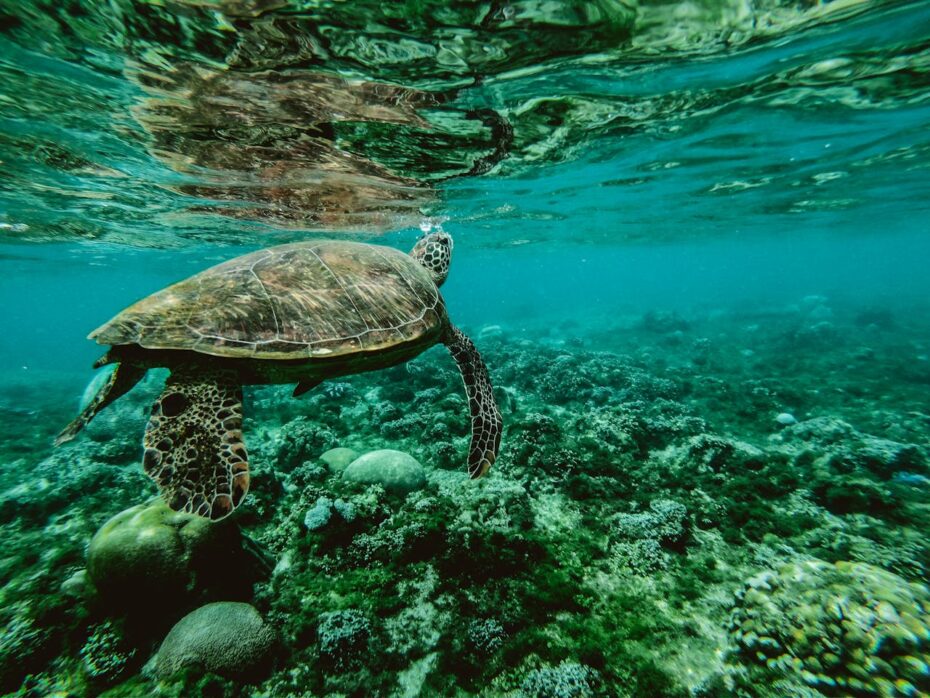
The nesting process of sea turtles is a poignant spectacle, drawing visitors from around the world to witness these vulnerable creatures return to the very beaches where they were born. Under the cover of night, female turtles laboriously dig nests in the sand with their flippers, deposit their eggs, and then return to the ocean, leaving the future generation to the mercy of nature. This cycle plays a critical role in the survival of sea turtle species, making the protection of nesting sites on Coiba's beaches paramount.
Spinner Dolphins
The waters of Coiba National Park serve as an ideal habitat for Spinner Dolphins, offering abundant food sources and safe breeding grounds. These dolphins are highly social animals, living in large pods that can number in the hundreds. Their complex social structures and communication skills are fascinating to observe, highlighting the intelligence and adaptability of these marine mammals.
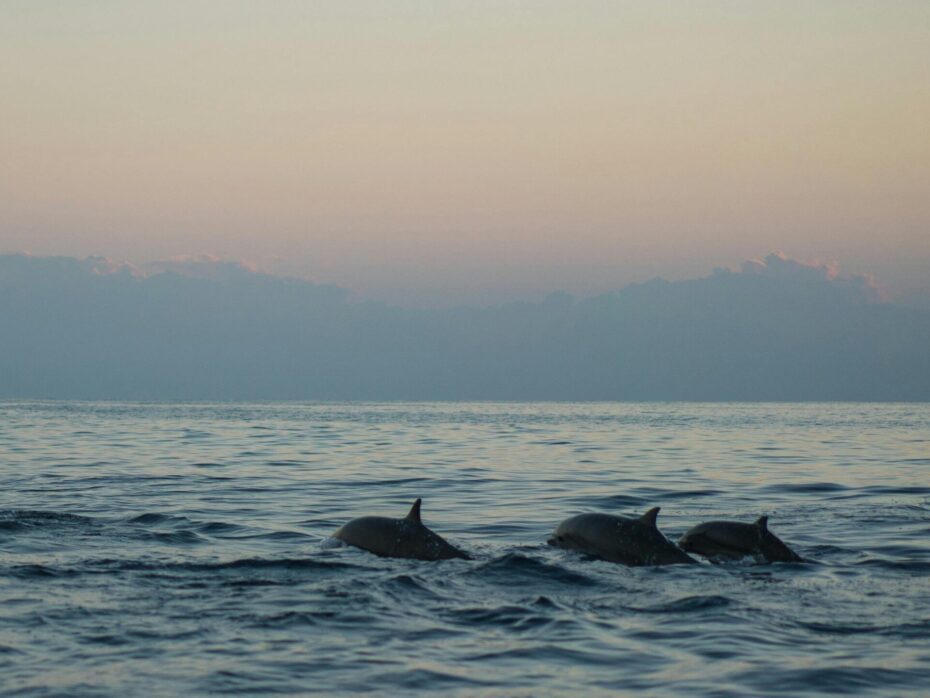
Spinner Dolphins feed primarily on small fish and squid, hunting in coordinated groups. Their feeding behavior often occurs at night, with the dolphins diving deep into the ocean to reach their prey. By day, they are more commonly found near the surface, engaging in social activities, resting, and of course, performing their signature spins.
SEND US A MESSAGE
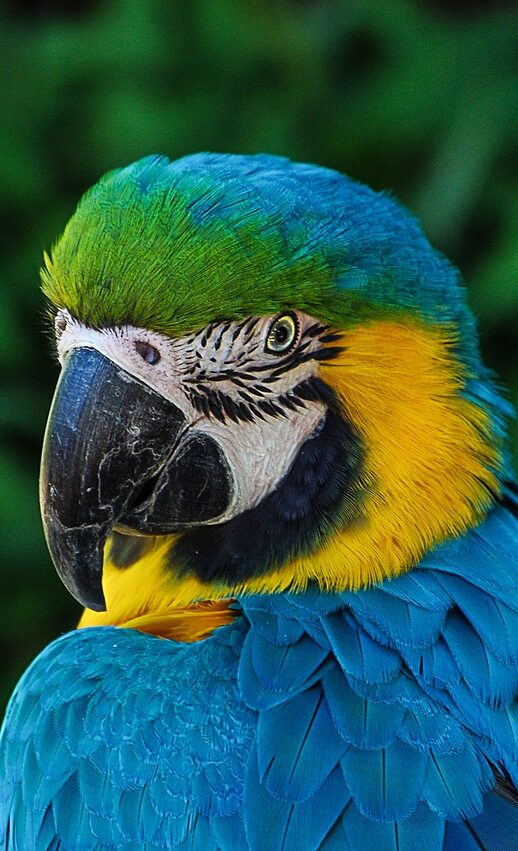
CONTACT
- Monday - Friday
08:00 - 21:00
- Weekend
09:00 - 22:00



